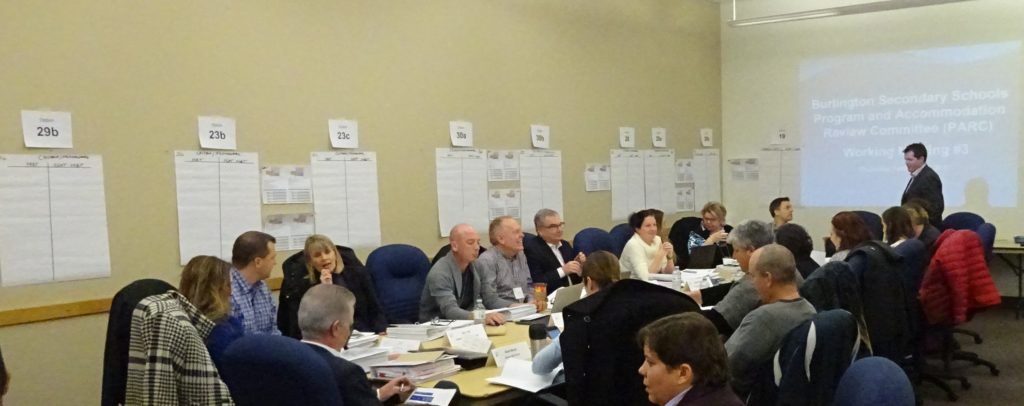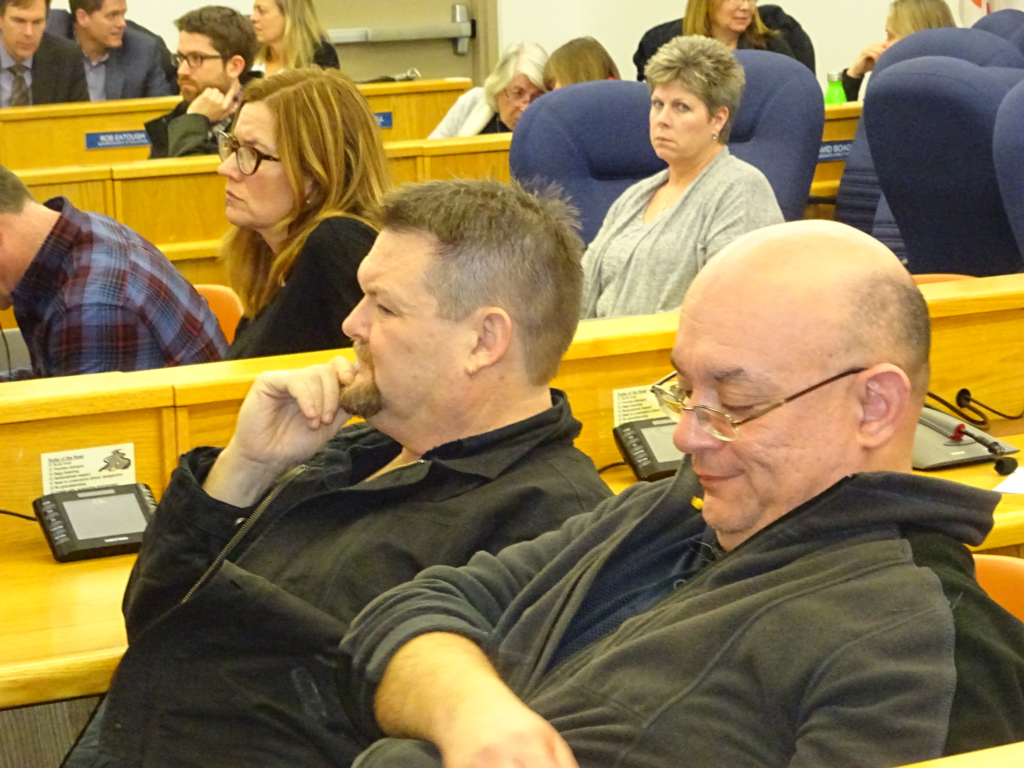 By Tracy Ehl Harris
By Tracy Ehl Harris
May 16th, 2018
BURLINGTON, ON
.
In the spring of 2017, the Ministry of Education placed a moratorium on any new Pupil Accommodation Reviews in the province until such time as they could consult with stakeholders and update the existing Pupil Accommodation Review Guideline (PARG, released March 2015).
After two rounds of consultation in the fall of 2017 and winter of 2018, the Ministry released the updated PARG in April 2018. Boards must now develop/revise their own Pupil Accommodation Review (PAR) policies to be in conformance with the new PARG. At the heart of the policy, is serving students in the best and most effective way possible.
Boards undertake annual pupil accommodation planning processes (in the HDSB this is called the Long Term Accommodation Process, LTAP, and it is available each spring) that identify growth, decline and status quo scenarios for each school, area, and the district as a whole. Through the LTAP, each year existing and foreseeable pupil accommodation issues are highlighted, and community consultation is undertaken. Potential Pupil Accommodation Reviews (PARs) are also identified. These reviews must follow the PARG established by the Ministry, and the Board’s own PAR policy.
HDSB Trustees provided comments to the Ministry during the consultation timelines noted above for the new PARG. I want to highlight three concerns related to the new PARG:
1) A PAR is initiated by the submission by staff and approval by the Board of Trustees of an initial staff report identifying the accommodation challenge to be addressed and the scope of the review, among other things. In the 2015 version of the PARG, the initial staff report to the Board of Trustees was to contain a recommended scenario (that is a preference for solving the identified accommodation challenge). In the 2018 PARG update, this changed. The initial staff report is now to contain a recommended scenario and at least two alternative scenarios.

Members of a Halton District School Board PARC meeting.
This new approach likely does not solve the issue associated with publishing a preferred option (and alternatives) at the start of a PAR process. Boards ask communities to provide their best wisdom and guidance on how to solve a specific accommodation problem. It is very difficult to engage in a problem-solving exercise when it appears that there is already a predisposition for a preferred solution(s). Some school communities may feel attacked, while others may feel that the issue doesn’t involve them.
Processes start in a trust deficit and it is very hard to recover. Why aren’t Boards given the choice about whether a preferred scenario and alternatives are appropriate for their context? Ideally, proponents would be encouraged to start a PAR process just where the LTAP leaves off, with a report about a specific accommodation challenge and the related implications and then move to consider possible viable solutions in a consultative manner.
2) “School boards are required to consult with local communities prior to adopting or subsequently amending their pupil accommodation review policies.” (Section IV of the new PARG) One critical factor in engaging communities is that there is the opportunity to build and/or sustain a trust relationship. This can be fostered by appropriate consultation and communication. In section IV, the broad term “consult” is utilized, appropriately giving boards the latitude to utilize consultation methods that best suit the community audience and can garner meaningful input that supports trust building and good, local decision making. In Section X it is stated that ”the school board must arrange to hold a minimum of three public meetings for broader community consultation on the initial staff report.” It also states that “in addition to the required public meetings, school boards may use other methods to solicit community feedback.”
Why, during an accommodation review when emotions are potentially high given that specific scenarios are being considered, does the Ministry insist on utilizing “public meetings.” This is but one method, and it may or may not be the most appropriate one.
This is a dated and limited construct of what consultation can and should be. The International Association for Public Participation states, “public meetings are often selected when another approach might work better.” Further, they say, “public meetings can escalate out of control if emotions are high.” Predictably, this is what happens when people are discussing education in general, and specifically as it relates to one’s children and the schools they attend.

Parents at a public PAR meeting.
This narrow construct (i.e public meetings) can be a hindrance to meaningful consultation and the eventual outcomes. Again, why can’t boards choose the type of consultation that is most appropriate for their context and the needs of the communities they serve?
3) There appears to be a lack of clarity and consistency regarding roles of various parties throughout the PARG. For example, Section XI, states “School boards will determine how best to involve secondary school students in the pupil accommodation review process”.
This section and others seem to be silent in terms of engaging staff. Section XII which speaks to transition planning does not mention students but does mention parents/guardians and staff. These inconsistencies could be cleared up by identifying all stakeholders prior to the beginning of the process and identifying how they will be engaged in meaningful ways.
Further, there is lack of clarity around membership and functioning of the PAR Committee members. For example, Ministry expectations are unclear about what is meant when a Trustee is an ad hoc member of this committee.
Here is a summary of next steps provided by the Ministry.
“To ensure consistency in pupil accommodation reviews across school boards, the Ministry of Education will work with education and municipal stakeholders and partner ministries over the coming months to develop supports such as templates to assist boards. This includes templates for the initial staff report and the economic impact assessment.
The ministry will aim to release these supports by fall 2018. While these supports are being developed, there will continue to be no new pupil accommodation reviews, unless they are required to support a joint-use school initiative between two coterminous school boards
PAR processes can be difficult under the best of conditions. Perhaps these supports/templates will assist Boards in supporting students in effective and efficient ways. The PARG states that “School boards are responsible for managing their school capital assets in an effective manner. They must respond to changing demographics and program needs while being cognizant of the impacts of their decisions on student programming and well-being, school board resources and the local community.” Boards should have the right balance of prescription from the Ministry and latitude to run strong context specific processes, AND students should be the focus and at the heart of everything.
The source document is: www.edu.gov.on.ca/eng/policyfunding/reviewGuide.html)
 Tracy Ehl Harris is a Halton District School Board trustee for Oakville and is the current vice-chair of the Board. Tracey is a registered professional planner, certified master public participation practitioner and certified professional facilitator.
Tracy Ehl Harris is a Halton District School Board trustee for Oakville and is the current vice-chair of the Board. Tracey is a registered professional planner, certified master public participation practitioner and certified professional facilitator.


















